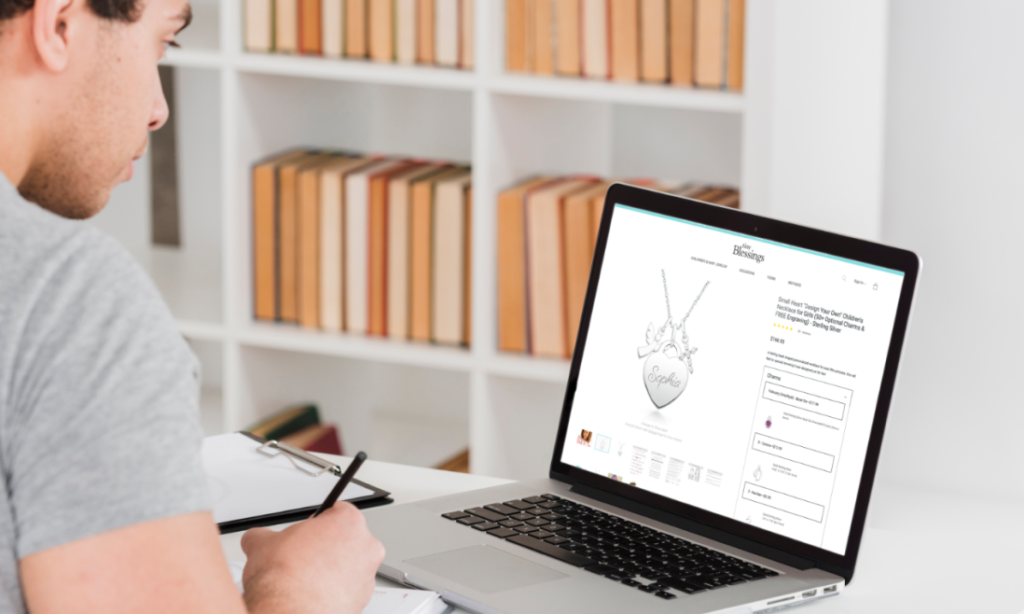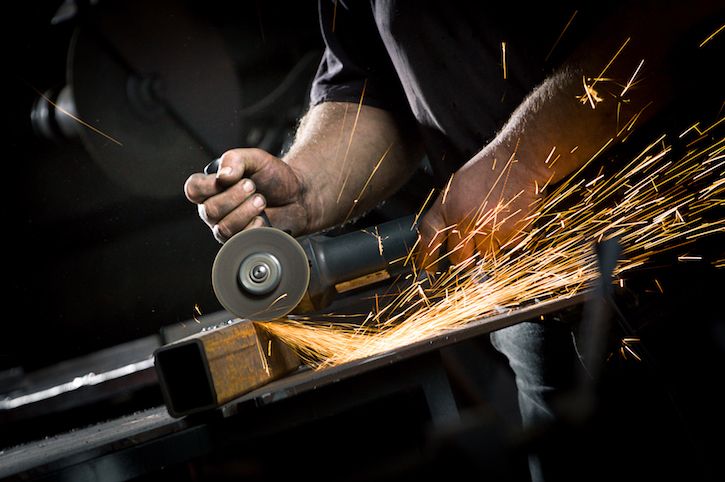Businesses are always coming up with new ways to meet customer needs and make shopping better in the fast-paced world of e-commerce. Product customization is one of these technologies that change the game. Customers can change and customize goods to their liking with this powerful tool. It takes shopping to a whole new level. Whether you’re buying a new car, designing a piece of furniture, or choosing a pair of shoes, a product configurator can revolutionize how you shop. Here’s how.
Empowering Consumers with Personalization
At the core of a product configurator’s appeal is its ability to offer customization. It puts the power back in the hands of the consumer by allowing them to tailor a product to their exact specifications. Imagine choosing the color, material, size, and other features of a product without the limitations of pre-configured options. For instance, when shopping for furniture, you can select the fabric, wood type, and finish of a chair or sofa, creating a product that perfectly matches your home’s aesthetic. This level of personalization enhances the emotional connection between the product and the customer, as they are no longer just buying an item—they are designing something uniquely their own.
Enhancing the Online Shopping Experience
Traditional shopping often limits a buyer’s ability to visualize the final product, especially when shopping online. A product configurator solves this problem by providing a 3D visualization of the product as it’s being customized. Shoppers can see their design choices come to life in real-time, ensuring they know exactly what they’ll receive. This visual representation can help consumers make more confident purchasing decisions and reduce the chances of dissatisfaction with the final product. By eliminating the guesswork, product configurators bridge the gap between online and in-store shopping experiences.
Simplifying Complex Choices
Some products, such as high-end electronics or bespoke clothing, come with a myriad of choices that may overwhelm a customer. With a product configurator, businesses can streamline these complex decisions into an easy-to-follow process. The tool guides users step-by-step through various options, helping them choose features, sizes, and styles without feeling confused. In this way, the configurator turns what could be a daunting task into an enjoyable and user-friendly experience. The ability to see and select product attributes in an intuitive, organized manner encourages more customers to take the plunge into purchasing.
Saving Time and Increasing Efficiency
In the digital age, time is a precious commodity. Product configurators allow consumers to save time by quickly finding exactly what they’re looking for. Instead of browsing through endless categories and product pages, shoppers can design their ideal product in just a few clicks. This streamlining of the decision-making process is not only beneficial for customers but also for businesses. It speeds up the purchasing process and reduces the chances of cart abandonment, ultimately leading to higher conversion rates.
Building Customer Satisfaction and Loyalty
When customers have the ability to personalize products to their liking, it fosters a sense of satisfaction and loyalty. This sense of ownership over the product boosts confidence and reinforces a positive relationship with the brand. In addition, a product configurator often comes with a real-time price calculator, so consumers can see how their choices affect the final cost, making them feel more in control. Being honest like this builds trust and makes shopping better overall. The ability to design exactly what they want means customers are more likely to return for future purchases.
Increasing Sales with Upselling Opportunities
Product configurators can also benefit businesses by increasing average order values. By offering add-ons or complementary products during the customization process, companies can create upselling opportunities. As an example, when a customer is creating a chair, the configurator might suggest matching cushions or extras like armrests or footrests that can be adjusted. This encourages customers to invest in more premium options, ultimately boosting sales without feeling pushy.
Conclusion
A product maker isn’t just a passing fad in retail; it’s a useful tool that can completely change the way people shop. Product configurators are changing how people shop and how companies work by letting customers make their own choices, improving visualization, making choices easier, saving time, and making customers happier. As the need for custom goods grows, configurators will play an even bigger part in online shopping. This makes them an important tool for companies that want to stay competitive in a market that is always changing.






